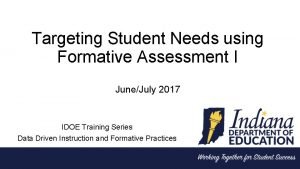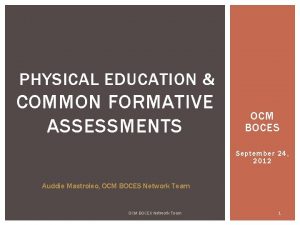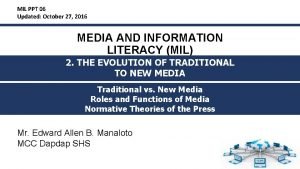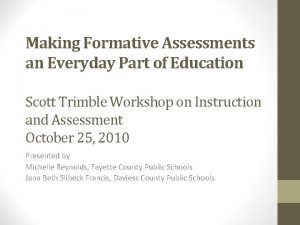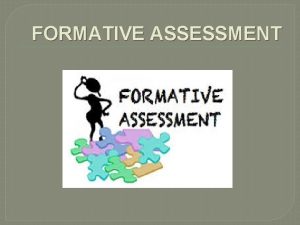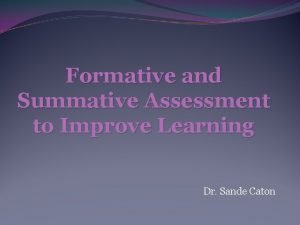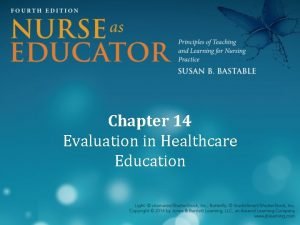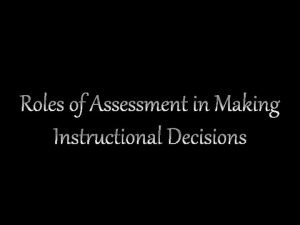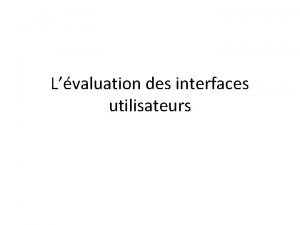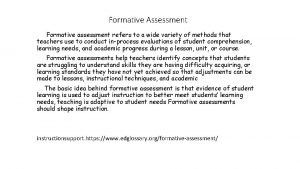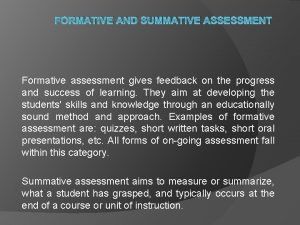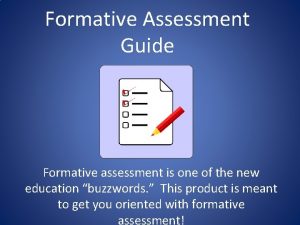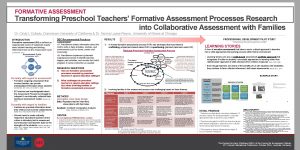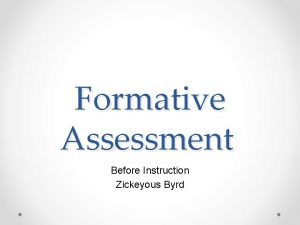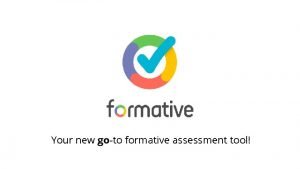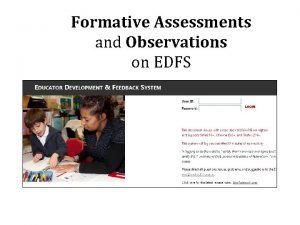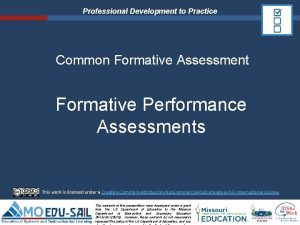PART 3 Formative Assessment Purposes Rationale Purposes of











- Slides: 11

PART 3 Formative Assessment: Purposes & Rationale

Purposes of Formative Assessment

Purposes of Formative Assessment § to help teachers target instruction that meets specific learning goals § to support student learning § to check for progress and detect learning gains § to identify strengths and weaknesses § to check for misconceptions following instruction § to differentiate instruction § to evaluate the effectiveness of instructional methods or programs (Southeast Comprehensive Centre, 2012, p. 2)

Support Student Learning target instruction that meets specific learning goals 2. 50 + 1. 25

Check For Progress detect learning gains; identify misconceptions That will be $3. 75 please! S Simon, if Tom gives you five dollars, will that be enough? T Tom, how much change will you receive? Let’s try this another way …

Evaluate Teaching Methods identify strengths & weaknesses; differentiate instruction Through formative assessment, learning managers are able to identify students’ strengths and weaknesses, make adjustments to teaching and learning, and provide opportunities for students to improve their performance (Lynch & Knight, 2010, p. 101).

Rationale for Formative Assessment

Why use Formative Assessment? Formative assessment: § promotes effective instructional practices § narrows learning gaps § improves learning outcomes for all students, especially those struggling with learning & students with disabilities (Black & Wiliam, 1998) The feedback process that identifies gaps in learning is particularly helpful to lower achieving students because it emphasises that students can improve as a result of effort rather than be doomed to low achievement due to some presumed lack of innate ability (Boston, 2002, n. p. ).

The Goal Ultimately, the goal of FA is for students to develop their own “learning to learn” skills. When formative assessment is used successfully in schools, teachers: ü model effective learning behaviour ü teach self-assessment skills ü help students to analyse how well different strategies have worked ü Students take increasing responsibility for their own learning and progress (OECD, 2005, p. 4).

HIGH QUALITY FORMATIVE ASSESMENT ALWAYS … § Emphasises the quality rather than the quantity of student work § Values giving advice and guidance over giving grades § Avoids comparing students in favour of enabling individual students to assess their own learning § Fosters dialogues that explore understandings rather than lectures that present information § Encourages multiple iterations of an assessment cycle, each focused on a few issues § Provides feedback that engenders motivation and leads to improvement (Southeast Comprehensive Centre, 2012, p. . 4)

Please return to Assess for Success to view PART 4.
 Formative assessment process
Formative assessment process Common formative assessment examples
Common formative assessment examples Mil ppt
Mil ppt Components of mil
Components of mil Who are people media
Who are people media Kwl chart formative assessment
Kwl chart formative assessment Formative assessment
Formative assessment Formative assessment meaning
Formative assessment meaning Facets of formative assessment
Facets of formative assessment Rsa evaluation model
Rsa evaluation model Formative summative and diagnostic evaluation
Formative summative and diagnostic evaluation Formative vs summative assessment
Formative vs summative assessment
